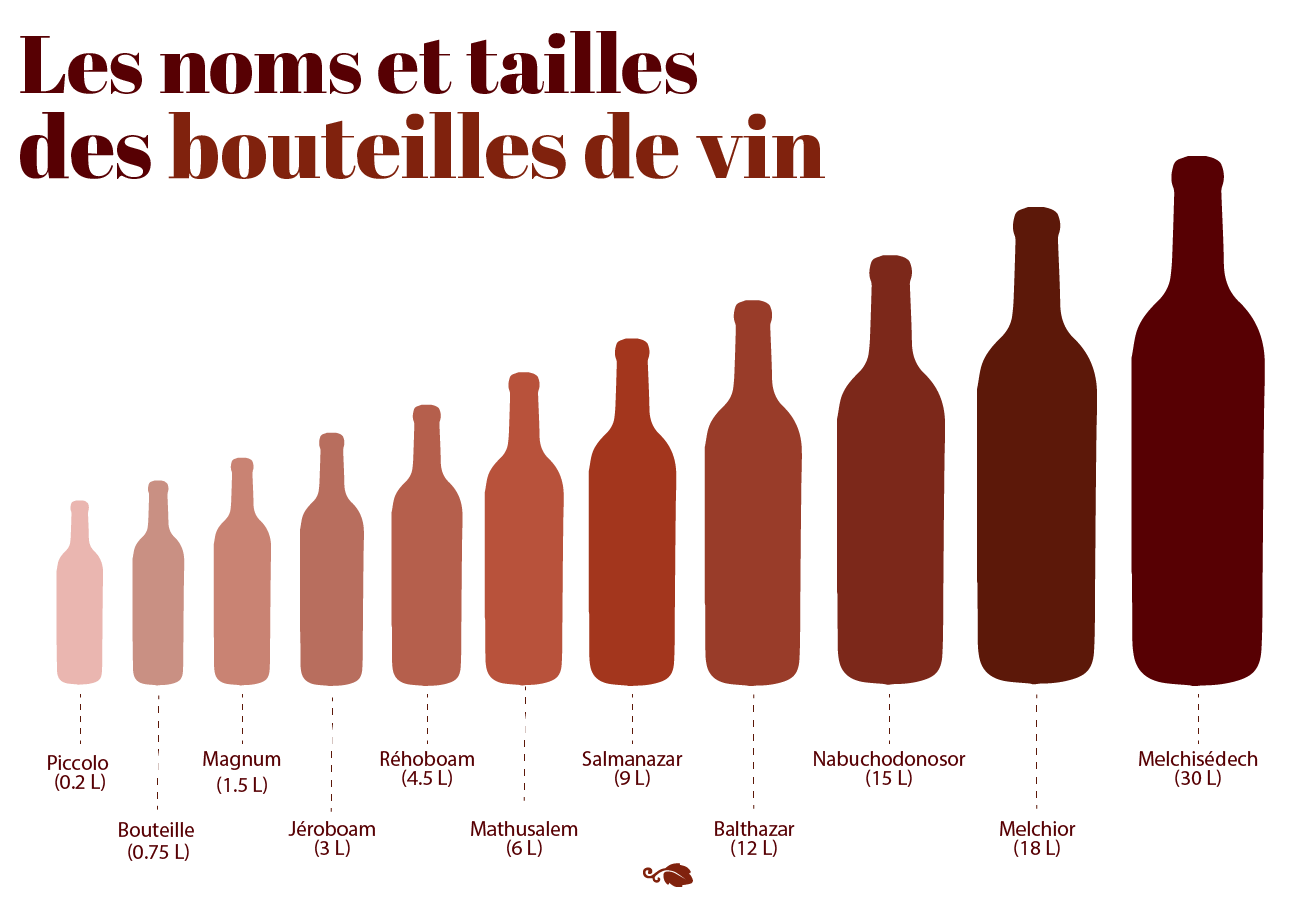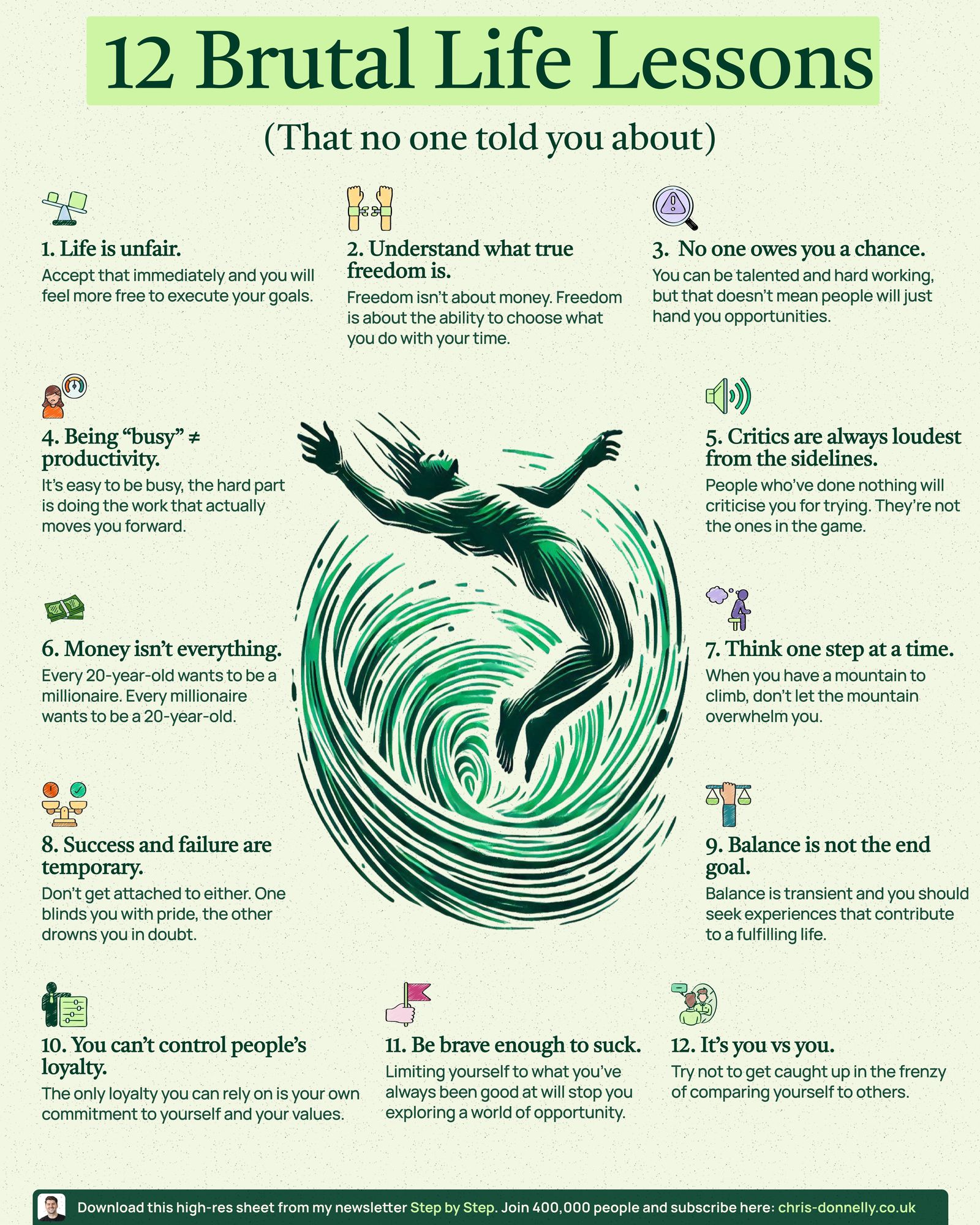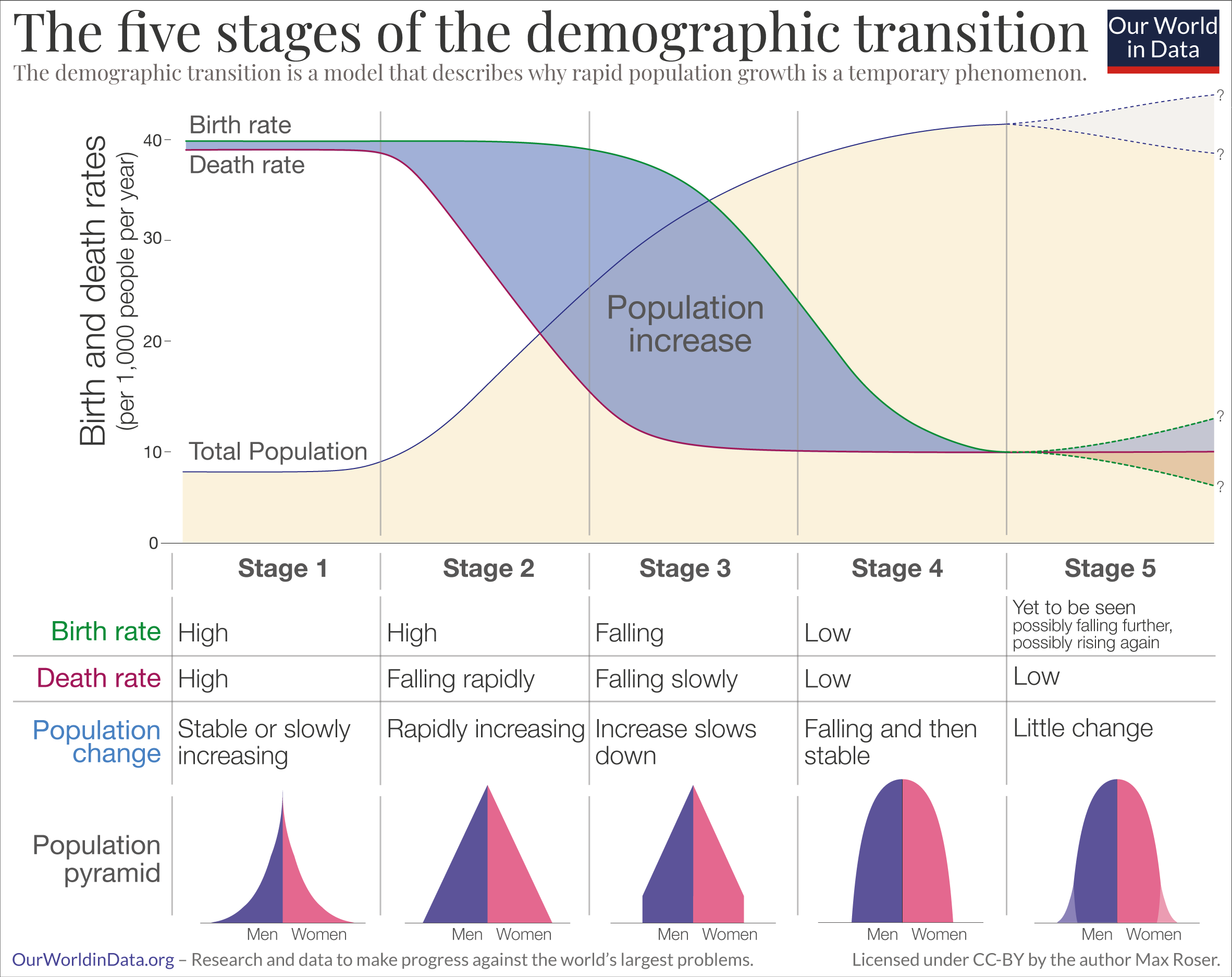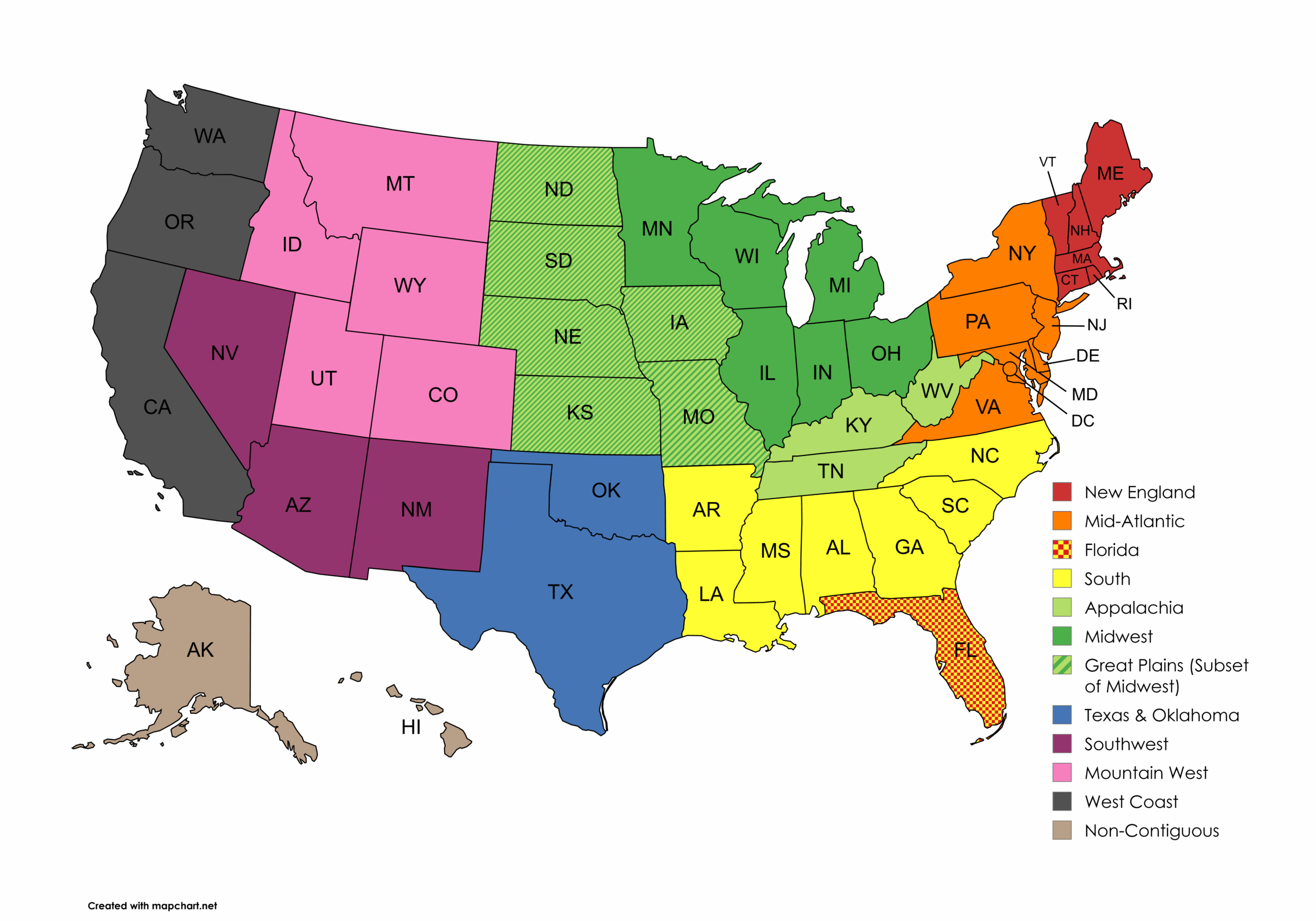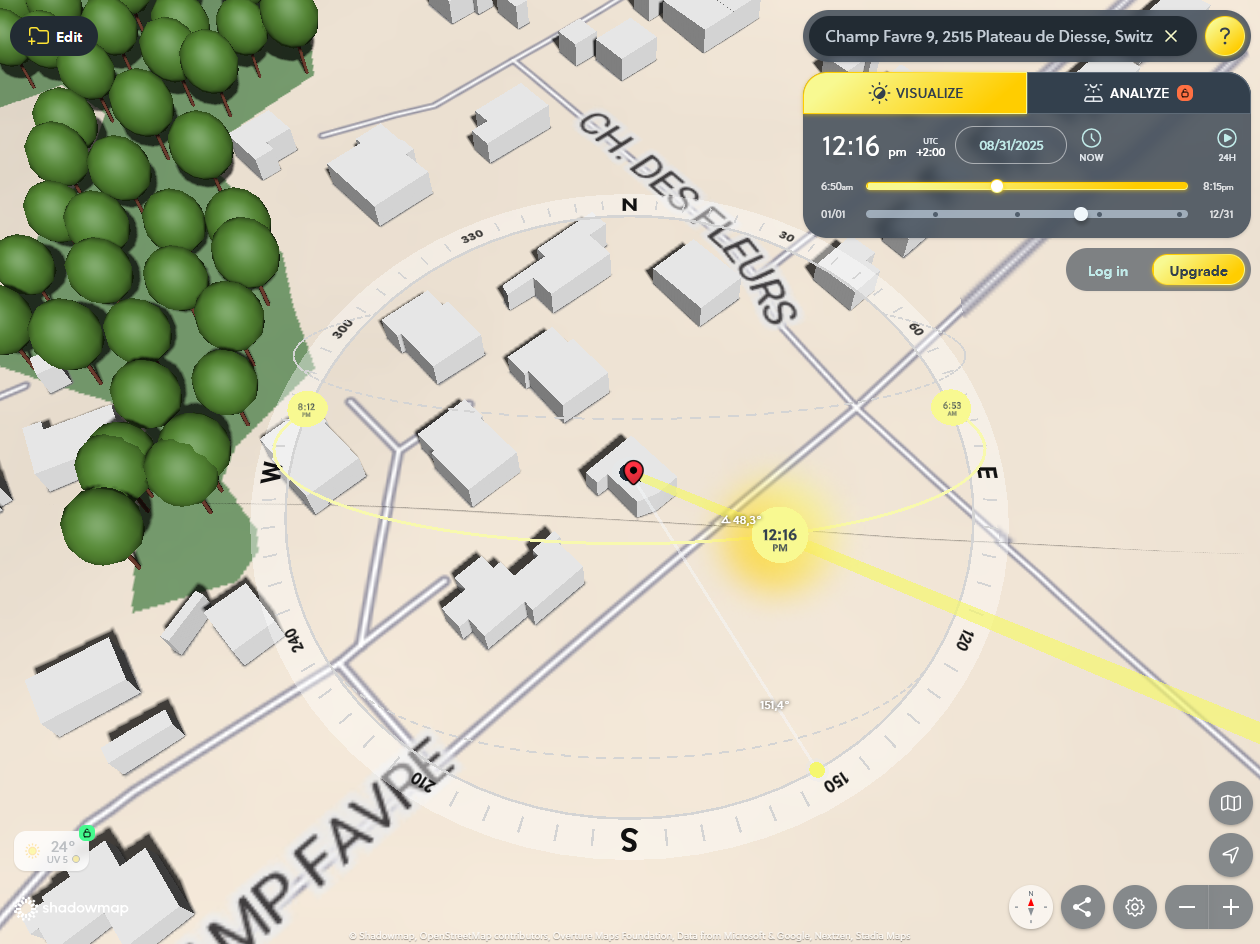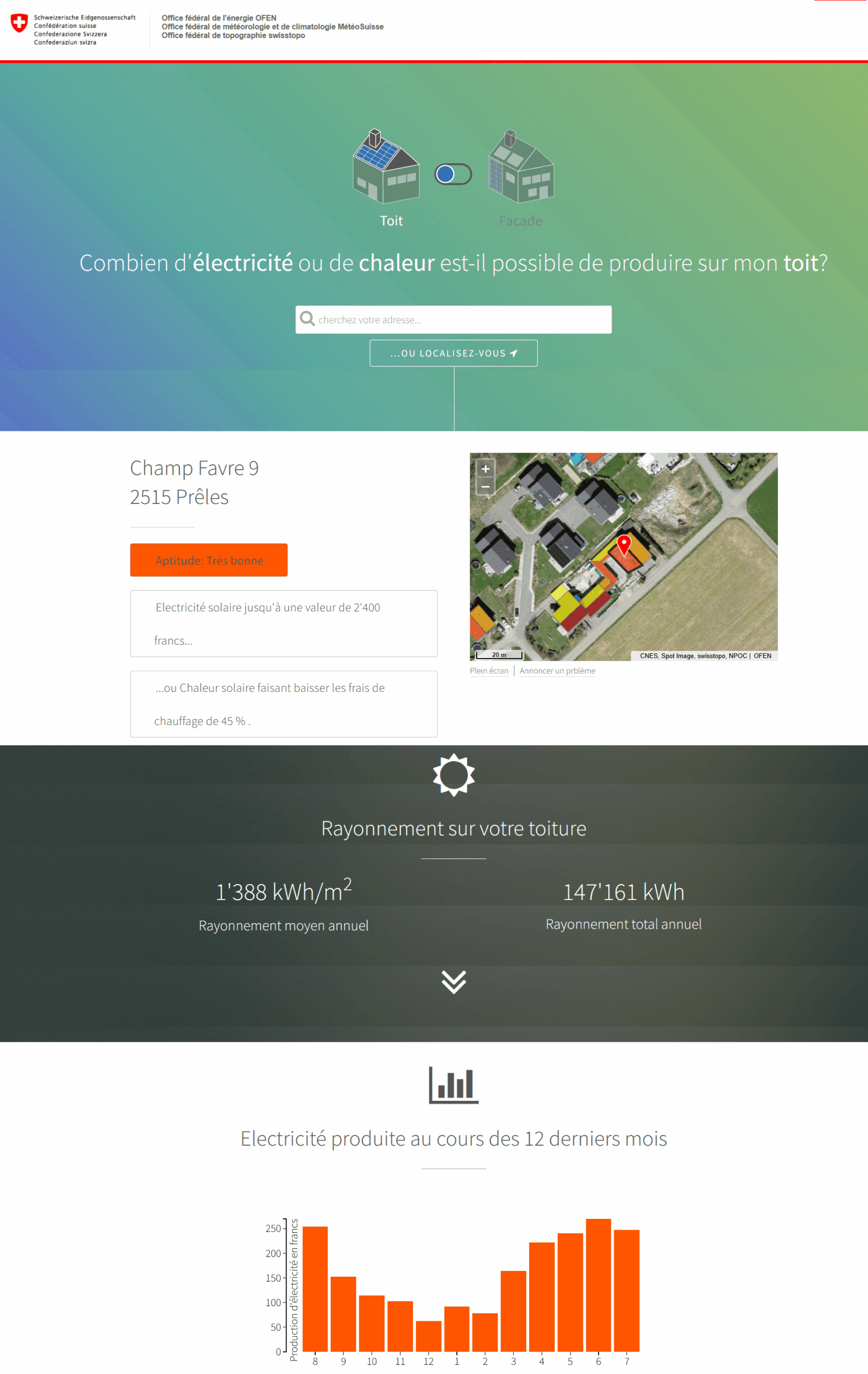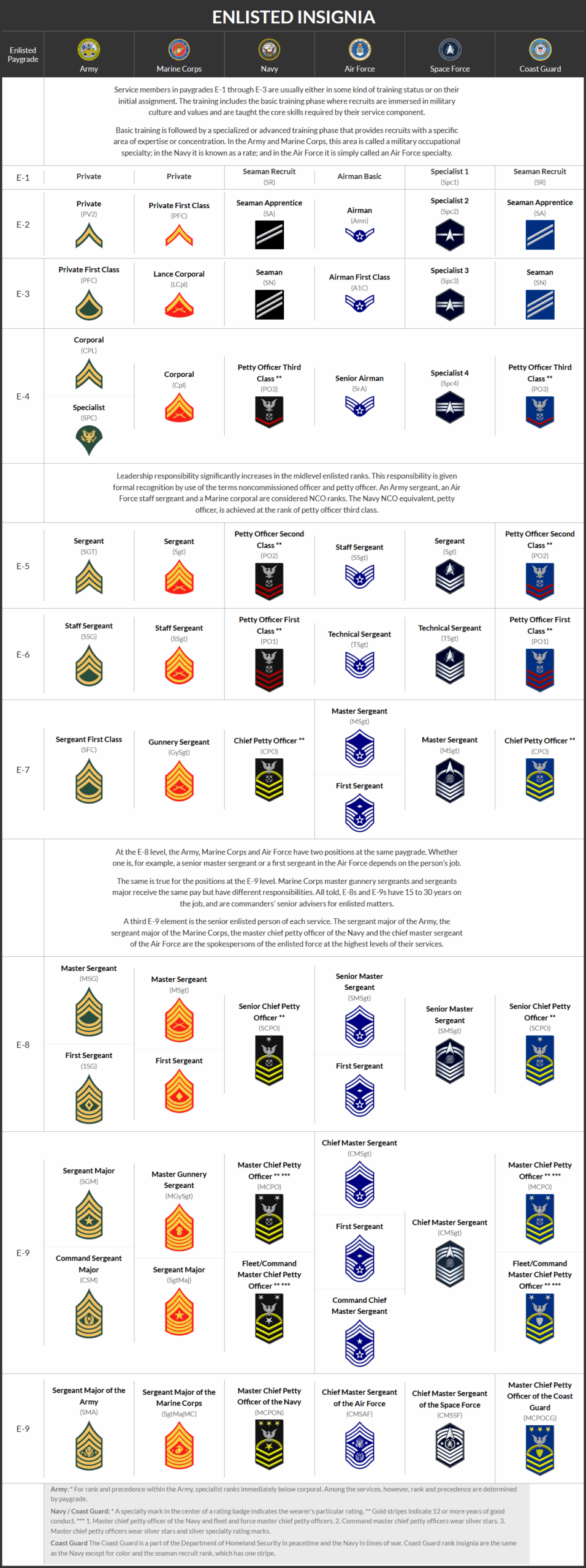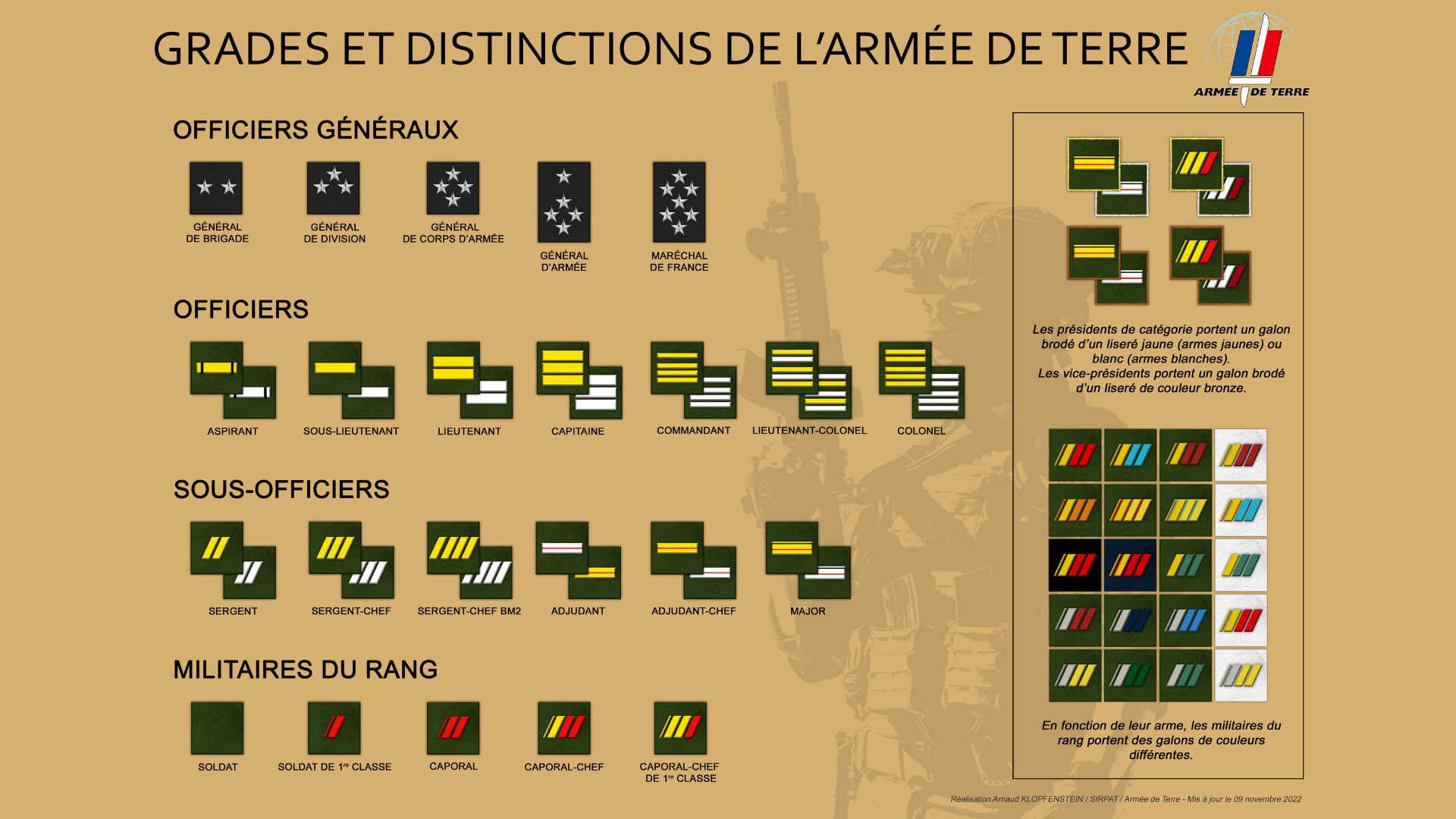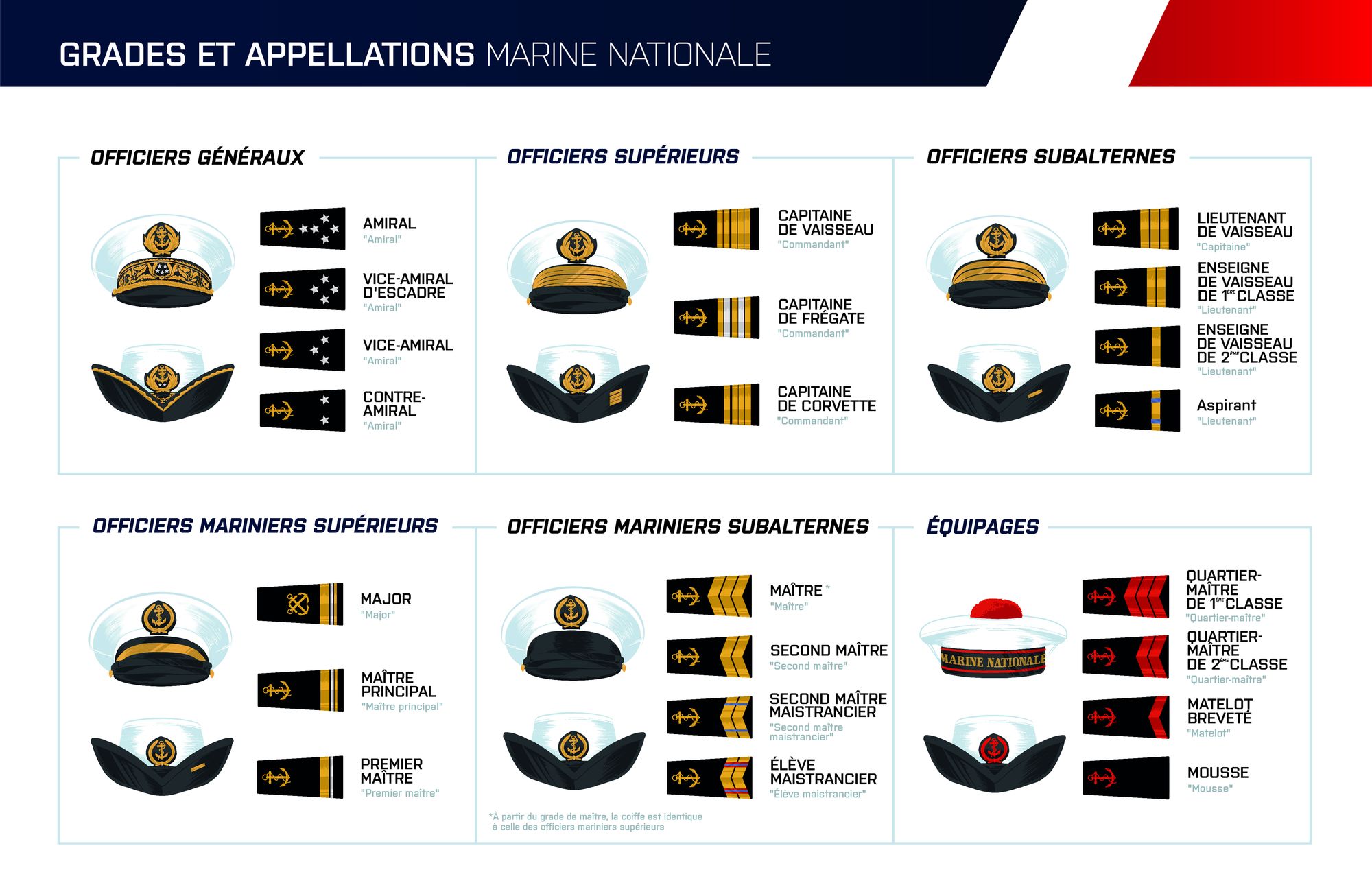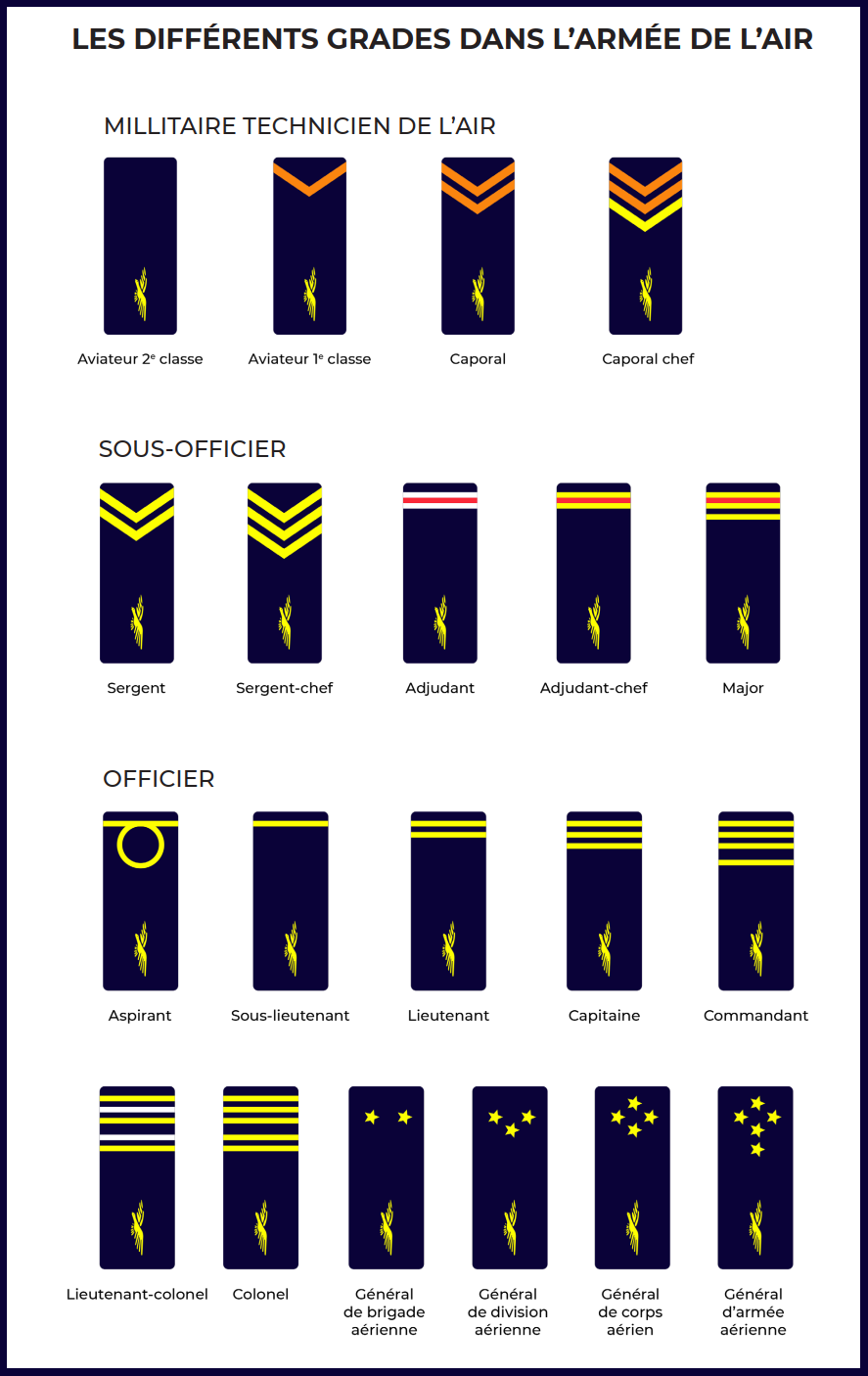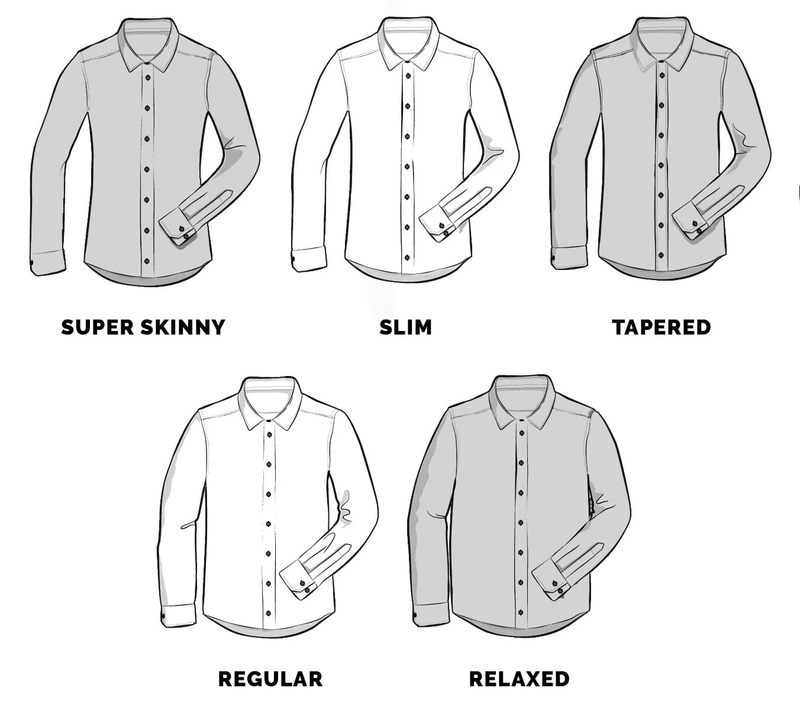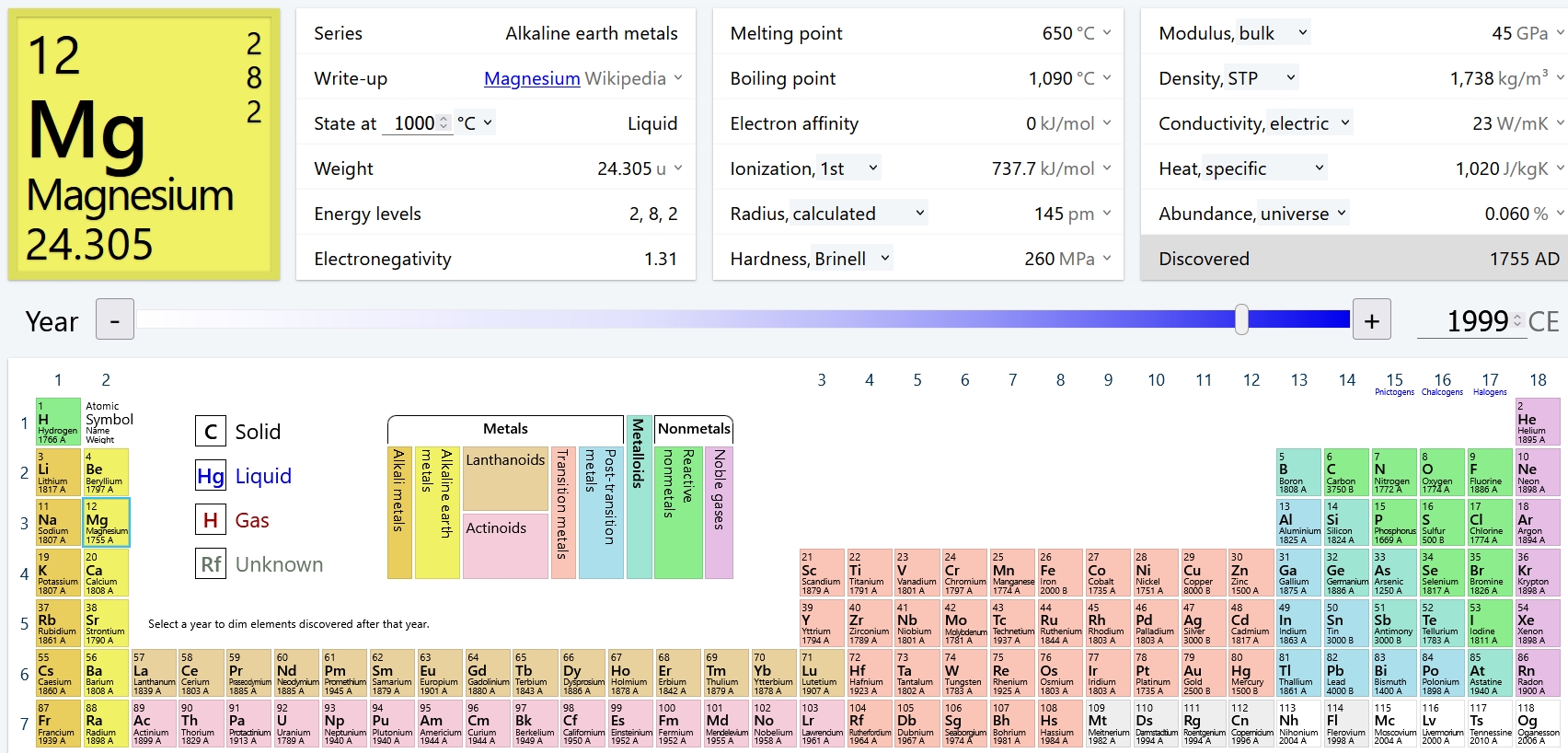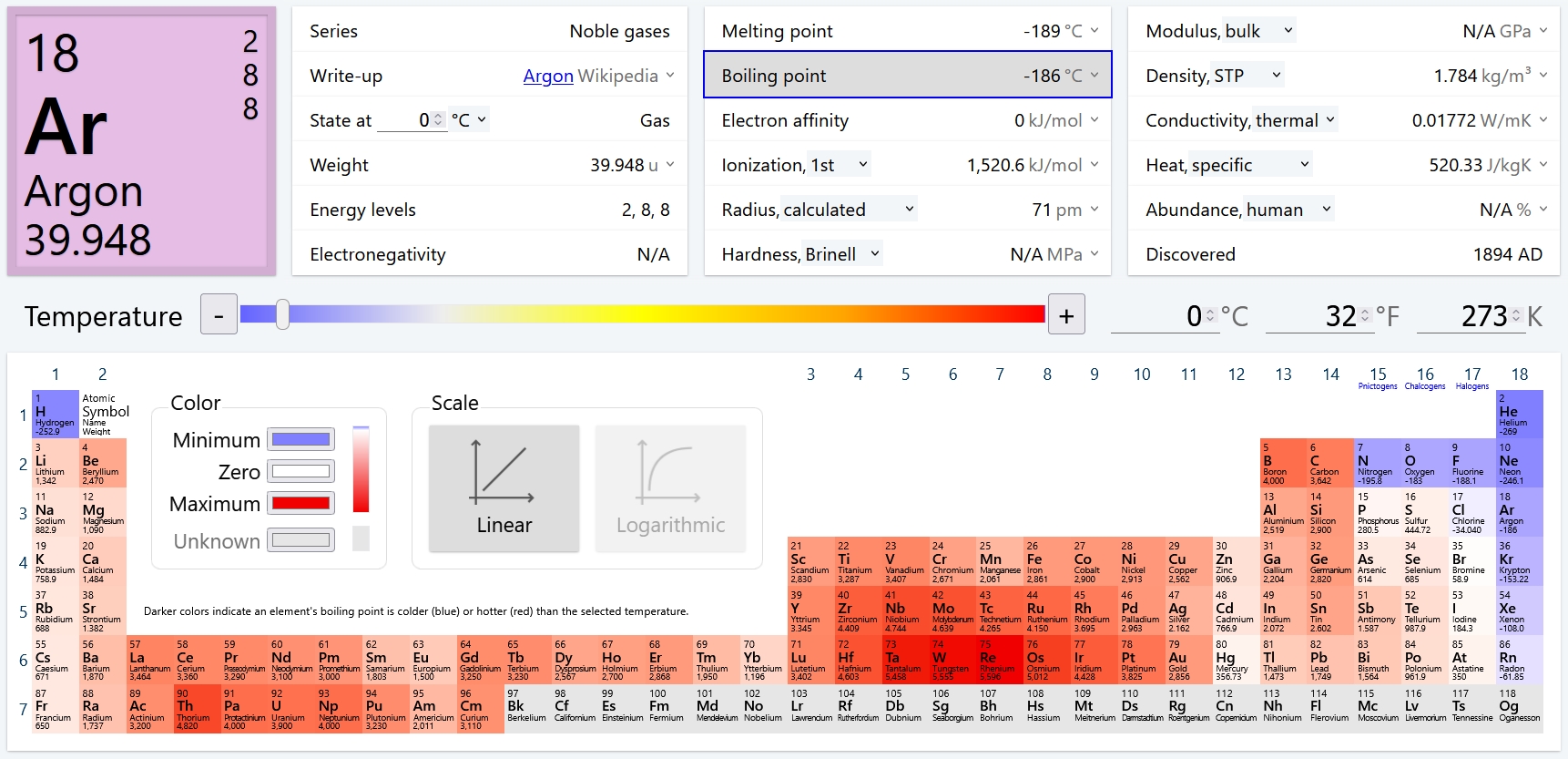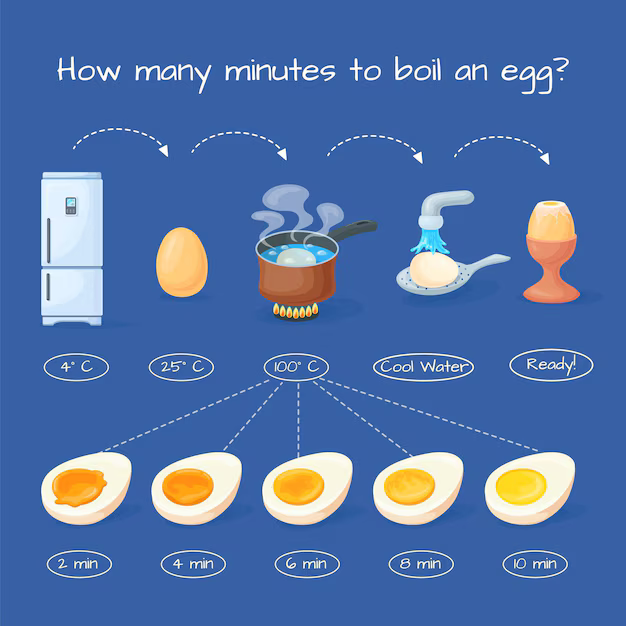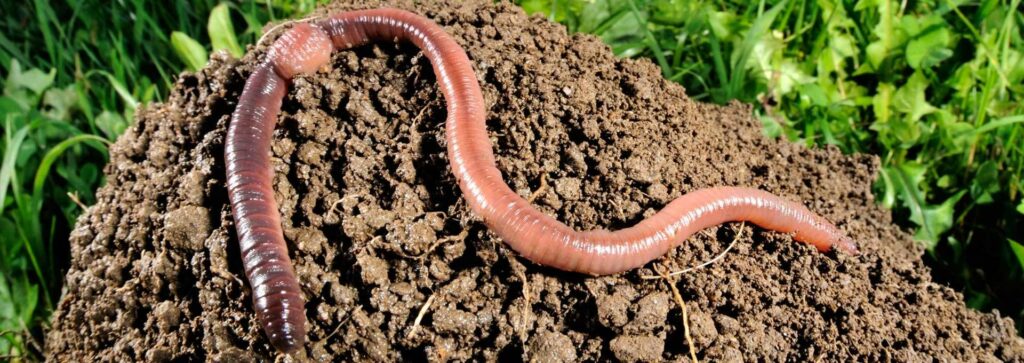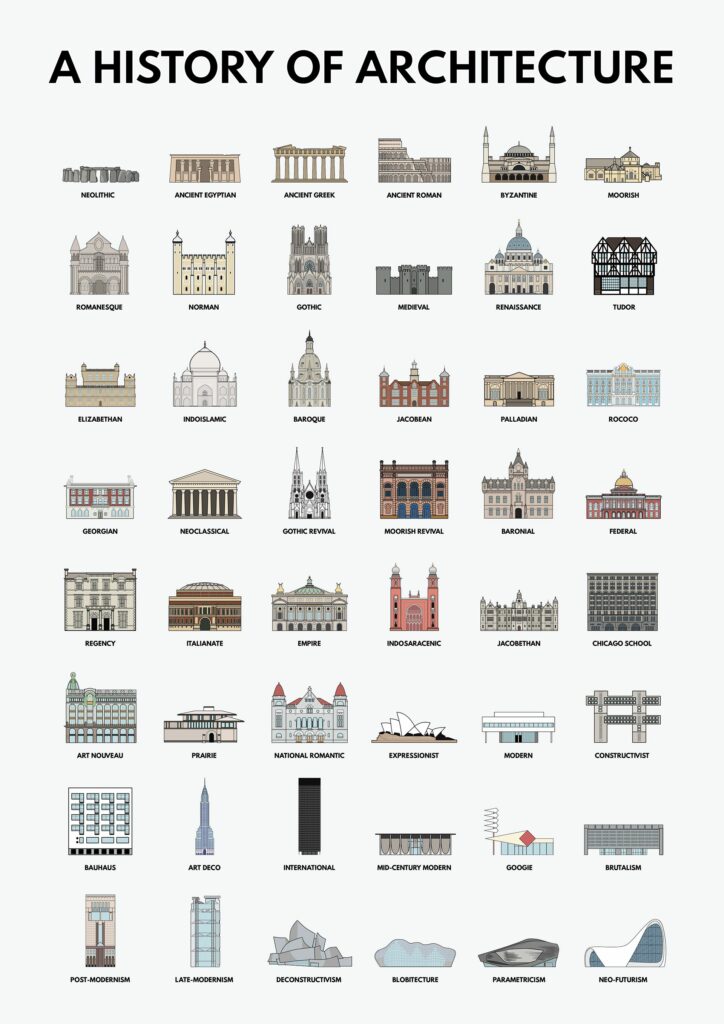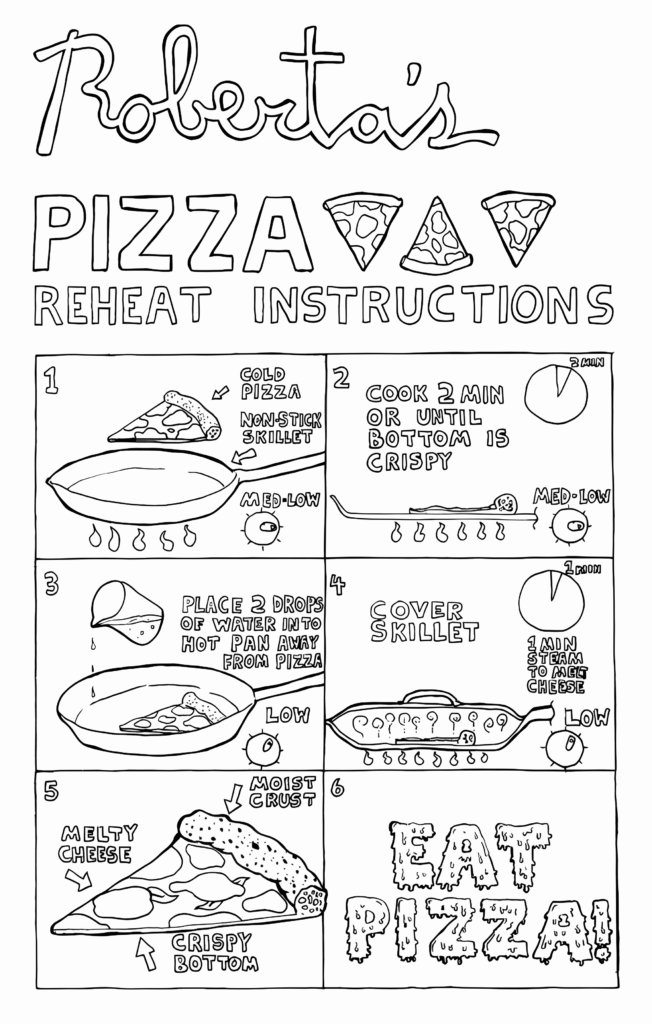Voici les règles suisses de rachat dans la caisse de pension (LPP) après un retrait pour l’achat d’un logement (encouragement à la propriété du logement – EPL).
1. Principe général
Lorsque vous avez retiré des avoirs LPP pour acheter, construire ou amortir un logement occupé à titre personnel, vous ne pouvez pas effectuer de rachats volontaires dans votre caisse de pension tant que ce retrait n’a pas été remboursé.
👉 Priorité absolue : le remboursement du retrait EPL.
2. Remboursement du retrait LPP (EPL)
Montant
- Vous pouvez rembourser partiellement ou totalement
- Montant minimal par remboursement : généralement CHF 10’000 (sauf remboursement total)
Délai
- Le remboursement est possible jusqu’à 3 ans avant l’âge ordinaire de la retraite
- 62 ans pour les femmes
- 63 ans pour les hommes
(selon le droit actuel)
À qui rembourse-t-on ?
- Directement à la caisse de pension, pas à la banque ni à l’administration fiscale
3. Effet fiscal du remboursement
Le remboursement n’est pas déductible fiscalement
- En revanche, vous pouvez demander le remboursement de l’impôt payé lors du retrait EPL
- Demande à faire auprès de l’administration fiscale
- Délai : généralement 3 ans après le remboursement (selon le canton)
4. Rachats LPP après remboursement EPL
Une fois le retrait EPL entièrement remboursé :
✅ Les rachats volontaires sont à nouveau autorisés
✅ Les rachats sont déductibles fiscalement
❗ Sous réserve des règles générales de rachat :
- pas de rachat si vous avez eu un retrait en capital récent (p. ex. pilier 3a à l’étranger)
- respect du montant maximal rachetable
- délai de 3 ans avant un versement en capital (retraite ou retraite anticipée), sinon déduction refusée
5. Cas particuliers importants
Vente du logement
- En cas de vente :
- le retrait EPL doit être remboursé en priorité
- sauf si vous réinvestissez dans un nouveau logement principal
Amortissement indirect
- Si vous avez utilisé un amortissement indirect (via pilier 3a) :
- les règles EPL restent identiques
- le retrait LPP bloque toujours les rachats tant qu’il n’est pas remboursé
6. Points d’attention
Cotisations LPP ordinaires ≠ remboursement EPL
Les cotisations versées chaque mois dans le cadre de ton emploi :
- part employé
- part employeur
➡️ reconstituent ton avoir vieillesse,
➡️ mais ne réduisent pas le montant du retrait EPL à rembourser.
Aux yeux de la loi :
- le retrait EPL reste intégralement ouvert
- le blocage des rachats volontaires demeure
Ce qui est reconnu comme remboursement du retrait
Seuls sont considérés comme remboursement EPL :
✅ des versements volontaires explicites
✅ effectués directement à la caisse de pension
✅ déclarés comme remboursement du retrait EPL
➡️ Ils doivent être comptabilisés séparément par la caisse de pension.
Pourquoi cette distinction existe
- Les cotisations ordinaires sont obligatoires (LPP)
- Le remboursement EPL est un choix personnel
- Sans cette règle, le retrait EPL serait « effacé » automatiquement, ce qui irait à l’encontre de l’objectif du dispositif
